Keynote Speakers
(in the alphabetical order)



New computer methods have been used to shed light on a number of recent controversies in the study of art. For example, computer fractal analysis has been used in authentication studies of paintings attributed to Jackson Pollock recently discovered by Alex Matter. Computer wavelet analysis has been used for attribution of the contributors in Perugino's Holy Family. An international group of computer and image scientists is studying the brushstrokes in paintings by van Gogh for detecting forgeries. Sophisticated computer analysis of perspective, shading, color and form has shed light on David Hockney's bold claim that as early as 1420, Renaissance artists employed optical devices such as concave mirrors to project images onto their canvases.
How do these computer methods work? What can computers reveal about images that even the best-trained connoisseurs, art historians and artist cannot? How much more powerful and revealing will these methods become? In short, how is computer image analysis changing our understanding of art?
This profusely illustrate lecture for non-scientists will include works by Jackson Pollock, Vincent van Gogh, Jan van Eyck, Hans Memling, Lorenzo Lotto, and others. You may never see paintings the same way again
